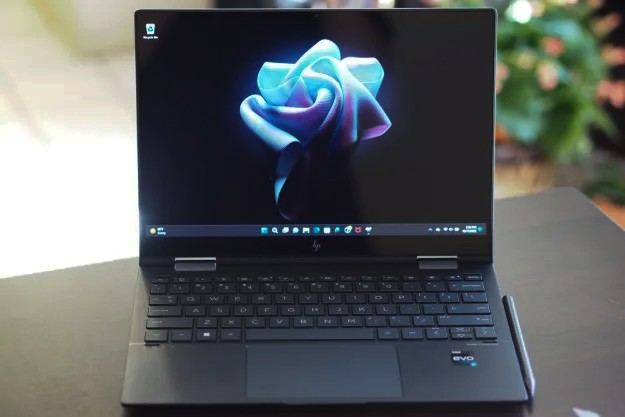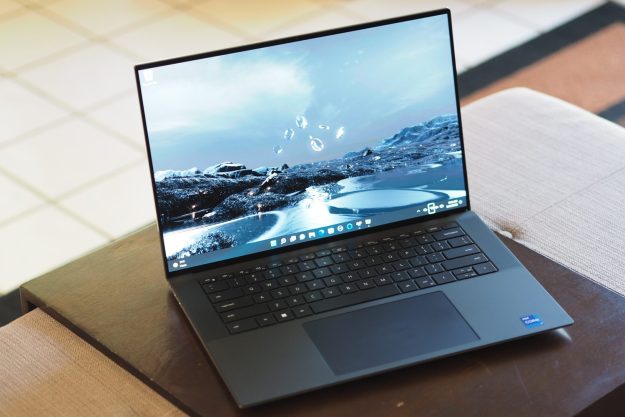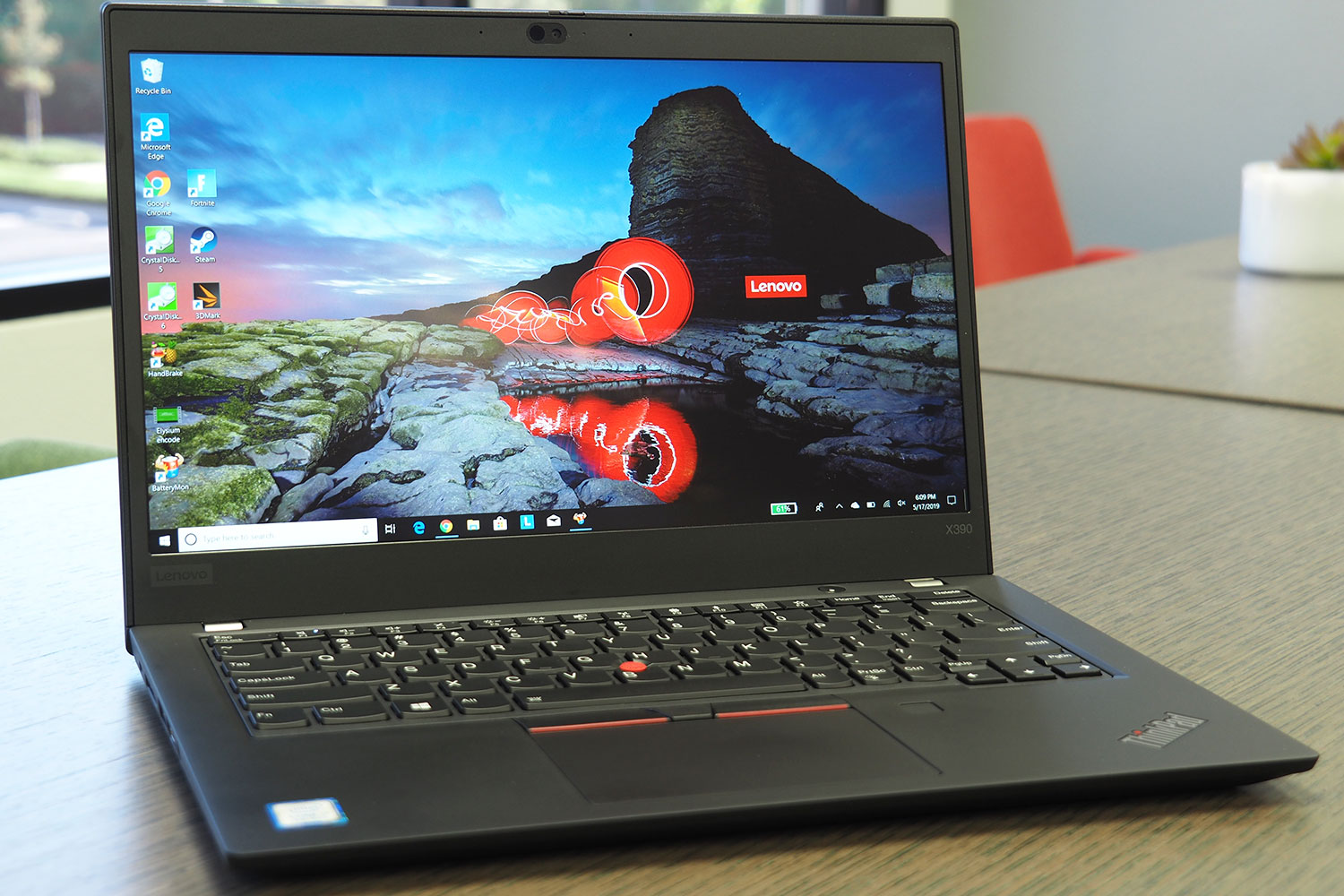
Lenovo is revamping its ThinkPad X-series, moving from a 12.5-inch display on the ThinkPad X280 to a 13.3-inch display on the new ThinkPad X390. By shrinking the bezels, Lenovo managed to produce a ThinkPad that’s similar in size to the older model but offers more screen real estate.
But the ThinkPad X390 is going up against the Dell XPS 13, a laptop that fits a 13.3-inch display into an even tinier chassis. Has Lenovo packed in enough functionality and value to take on the best small laptop on the market?
Design
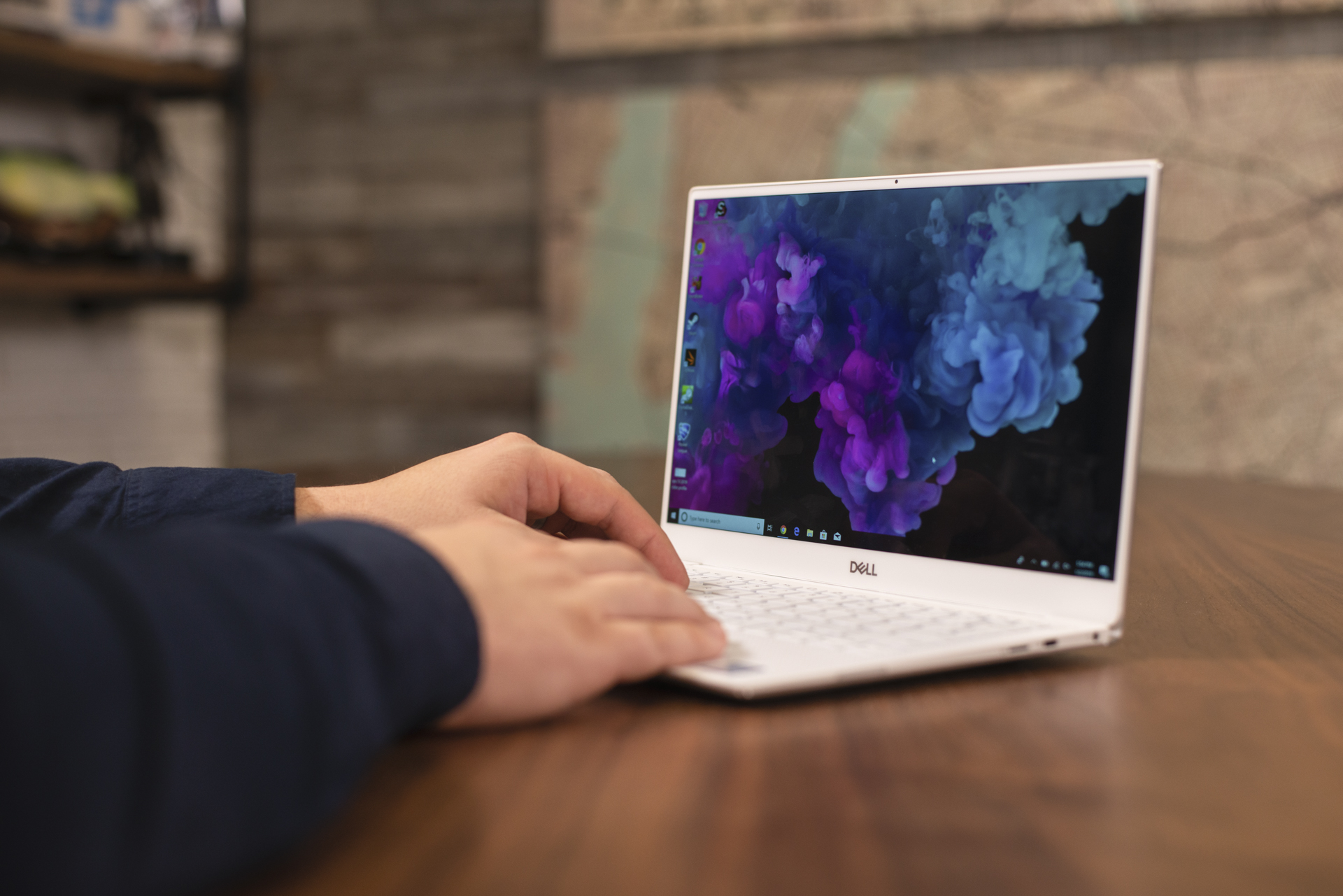
The ThinkPad X390 sports the same iconic black and red aesthetic that has adorned the ThinkPad line for many years. It’s recognizable from a distance, and it’s sure to appeal to its target market of business users. The XPS 13 is relatively conservative as well, but it adds a splash of color with Rose Gold and “Frost” to go with its default black and silver. In its previous version, the XPS 13 gained a new webcam that’s above the display where it belongs and avoids an up-the-nose angle, and the laptop is much smaller than the ThinkPad X390 thanks to some of the slimmest bezels around. To be precise, the ThinkPad X390 is 12.28 inches wide by 8.55 inches deep, which is small but not nearly so small as the XPS 13’s 11.9 inches by 7.8 inches.
You won’t complain about either laptop’s build quality. Lenovo went to the trouble — as usual — of subjecting the aluminum and magnesium ThinkPad X390 to a suite of MIL-STD-810g military tests for durability. While Dell didn’t do the same, the XPS 13 is nevertheless also quite robust thanks to a combination of aluminum and carbon fiber. At the same time, you’ll find the ThinkPad X390 feels a little heftier at 0.67 inches thick and 2.84 pounds, compared to the XPS 13 at 0.46 inches at its thickest point and 2.7 pounds.
Comparing input options gives the ThinkPad X390 a slight edge. Its keyboard is excellent, as usual for ThinkPads, with plenty of travel and a precise feel. It’s slightly better than the XPS 13’s snappy keyboard, but some of that will be a matter of opinion. Both laptops enjoy medium-sized touchpads that support the excellent Microsoft Precision touchpad protocol, and so both have perfect Windows 10 multitouch gesture support. The ThinkPad X390 also offers the TrackPoint nubbin in the middle of the keyboard that offers another, exact method to control the cursor. That gives Lenovo the slightest edge for those who want it.
Finally, connectivity is a big win for the ThinkPad X390. It offers two USB-C ports, one with Thunderbolt 3, an Ethernet connection (that requires an adapter), a USB-A 3.1 Gen 1 port, and a full-size HDMI port. The XPS 13 is limited to three USB-C ports, two with Thunderbolt 3, meaning that you’re more likely to need a dongle to plug in legacy devices. Both laptops have microSD card readers that photographers and videographers are likely to appreciate.
The XPS 13 is significantly smaller and offers more panache, but the ThinkPad X390 is slightly more robust and has more diverse connectivity.
Performance
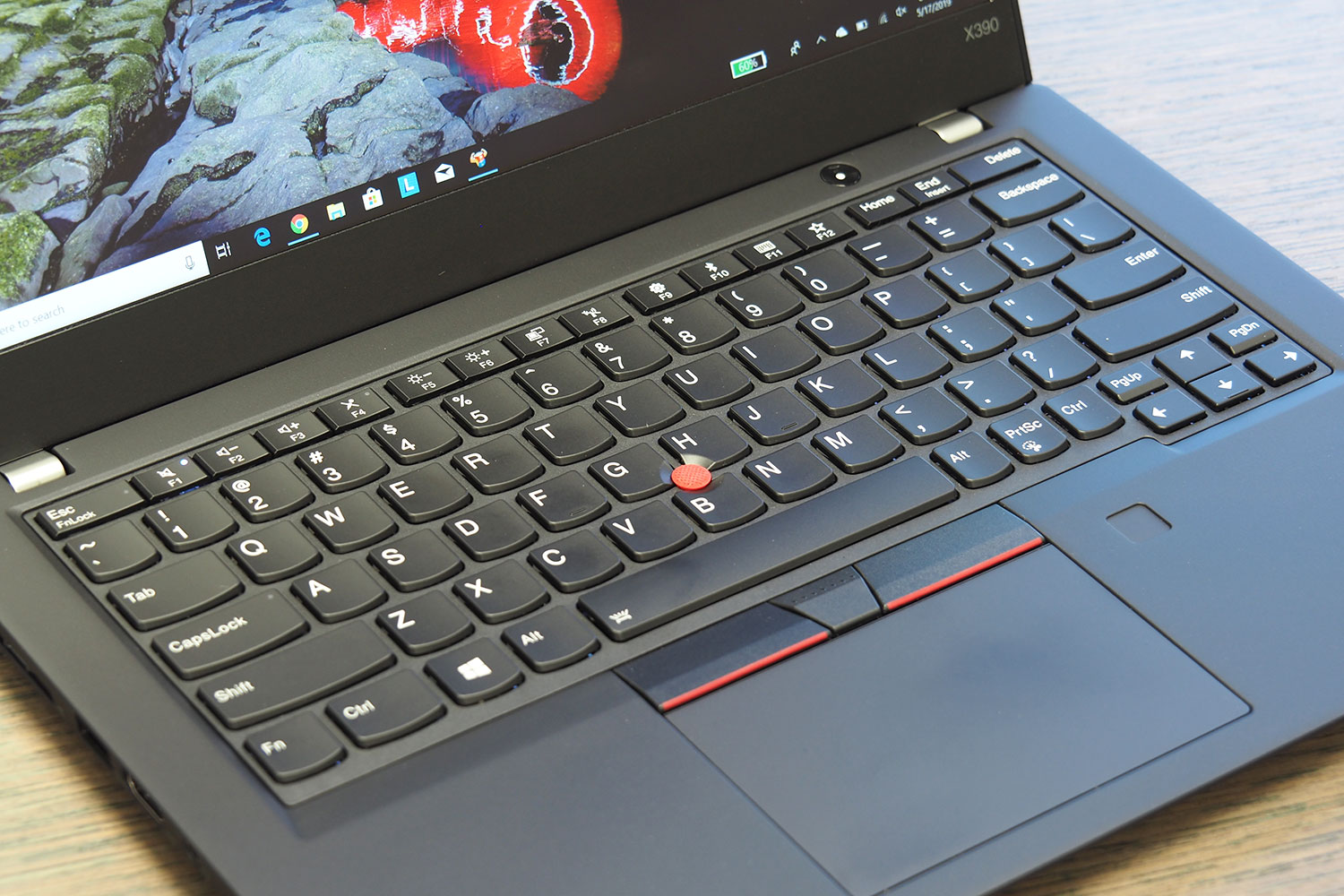
The ThinkPad x390 uses an 8th-generation Whiskey Lake quad-core CPU, up to the Core i7-8565U, that provides high performance and efficiency. That’s no match, though, for the XPS 13’s 10th-gen Comet Lake processors that can be configured up to a six-core Core i7-10710U. Simply put, the XPS 13 is a particularly powerful little computer and it leaves the ThinkPad x390 behind.
Display options are more of a differentiating factor. Both offer Full HD (1,920 x 1,080) displays that can be configured with and without touch, and these displays are roughly equivalent in terms of brightness, color, and contrast. The XPS 13, though, can be purchased with a 4K UHD display (3,840 x 2,160) that offers higher brightness and contrast and better colors. That gives Dell the edge.
It’s hard to differentiate these two laptops in terms of pure speed, but the XPS 13 has a much better display for creative types and anyone who hates spotting the occasional pixel.
Portability

The XPS 13 is smaller, thinner, and just slightly lighter. But both laptops are easy enough to carry around and to use in just about any environment.
However, battery life is another essential portability question: Does the laptop last long enough on a charge that you can leave the power adapter behind? Although we haven’t tested these laptops in an apples-to-apples comparison, our overall results indicate that the Dell should last longer than the ThinkPad X390 when running on battery — especially if you get the XPS 13 in its Full HD version. Battery life was one of the ThinkPad’s more disappointing aspects.
The XPS 13 is both smaller and longer-lasting, giving it the edge.
The XPS 13 packs a better display, more power, longer battery life in a smaller chassis

The ThinkPad X390 can be configured with a Core i5-8265U, 8GB of RAM, a 128GB SSD, and an HD (1,366 x 768) display for $918. You’ll spend $1,457 for a Core i7-8665U, 16GB of RAM, a 512GB SSD, and a Full HD touch display.
The Dell XPS 13 also has a budget-oriented version, starting at $950 with a Core i3-1011oU, 4GB of RAM, and a 128GB SSD, and the price heads north from there. The price is $2,149 for a more powerful configuration of a Core i7, 16GB of
You can end up spending more on the XPS 13 thanks to the options for 4K, but you’re getting far more power. ThinkPad enthusiasts will prefer the X390, but everyone else should save some money and enjoy a longer-lasting, more portable laptop in the XPS 13.
Lenovo ThinkPad X390 | Dell XPS 13
Editors' Recommendations
- Best Lenovo laptop deals: Save on Yoga and ThinkPad laptops
- The best Lenovo laptops for 2023: ThinkPad, Yoga, and more
- Why the Dell XPS 13 Plus still beats the latest competition in little laptops
- Why the latest ThinkPad X1 Yoga Gen 8 isn’t worth the upgrade
- Lenovo’s latest ThinkPad Z13 includes a lid made entirely of flaxseeds
